Let’s start off honest here: Crossfit is way new to me. So when 361° asked if we wanted to review the BioSpeed trainer, it was a little scary. Not that reviewing a shoe is foreign or frightening, just the passion of Crossfitters is HIGH, and any little slip up while reviewing will be, well, amplified.
Now that the review is done, no need to fear; the BioSpeed is a shoe for just about any activity and environment but really excels in the weight room. Enough big words, let’s look at some pictures and talk about it…
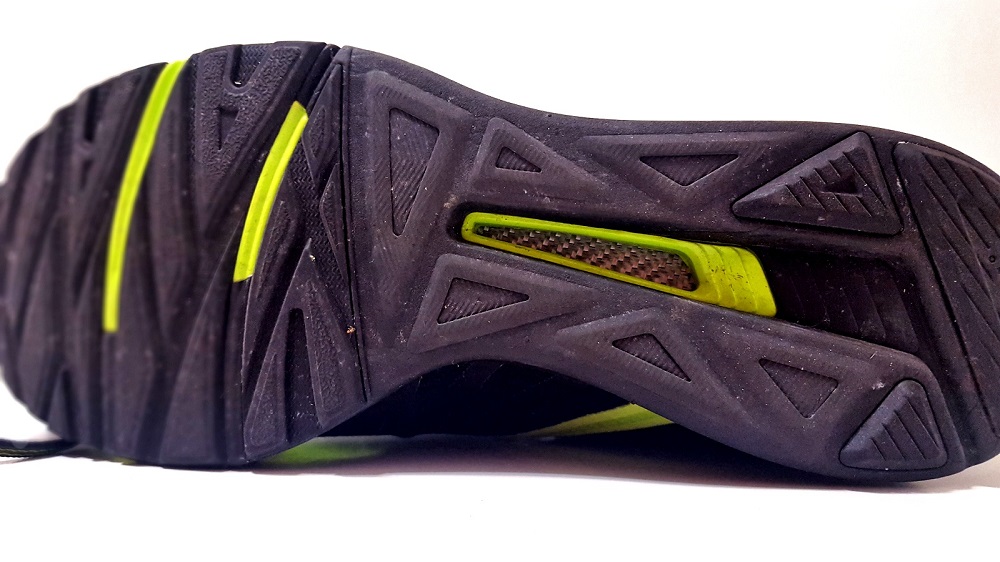
TRACTION – The outsole is hard and thick (stop it) which would, at first, seem to offer slippery traction. However, the multiple flex grooves break up the rubber areas and allow the foot to bend and dig into steps and movements. There are also traction grooves cut across parts of the lugs for a little extra grab.
While using these for short runs (around two to three miles) the pattern has shown extremely little wear after two months. In the gym, the bottoms stayed glued on power movements like cleans and squats and never slipped off the foot plate on leg presses. They also release well on lunges, box jumps, and other active movements. The next jump or bounce was always ready. Very nice.
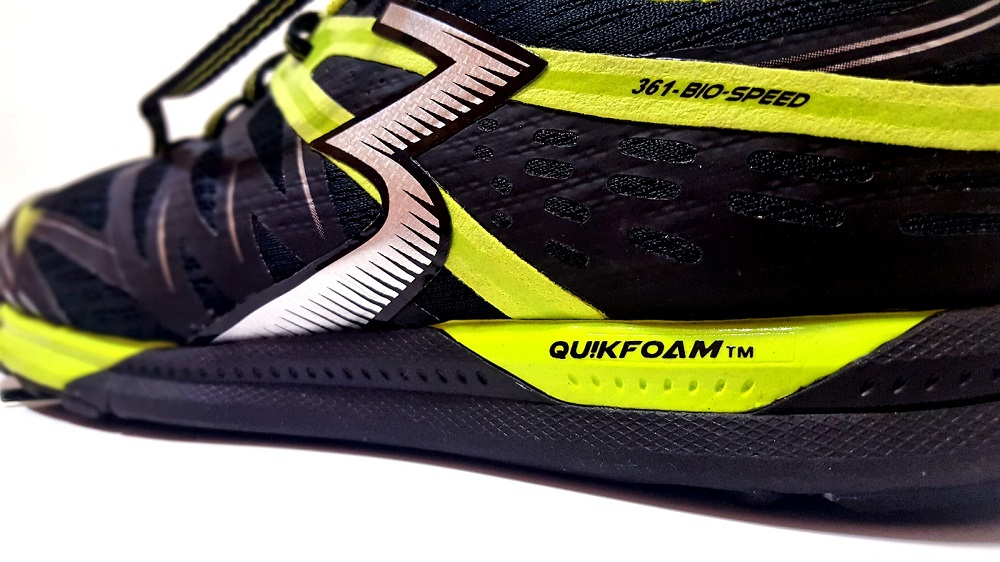
CUSHIONING – For a “minimal Crossfit” shoe, very surprising. Not Boost or Air Max, or even the level of 361°’s runners like the Strata, but the Qu!kfoam platform offers enough impact protection and response that the shoe can be used for multiple styles of workouts. Going from the weight room to track or road running was no issue for short distances (two to three miles) and there is a 9mm heel to toe drop to promote forefoot striking (which feels more like a 0-3mm drop).
The Qu!kfoam midsole is exactly what fans of the Strata and Mazer basketball shoe should expect: it rides low, protects from impact, and springs back into the next step. There is just less of it. The Qu!kfoam insole is very close to the Micro G insoles seen in Under Armour’s shoes in terms of color and feel. If you are tired of Crossfit shoes having dead cushioning, check out the BioSpeed.
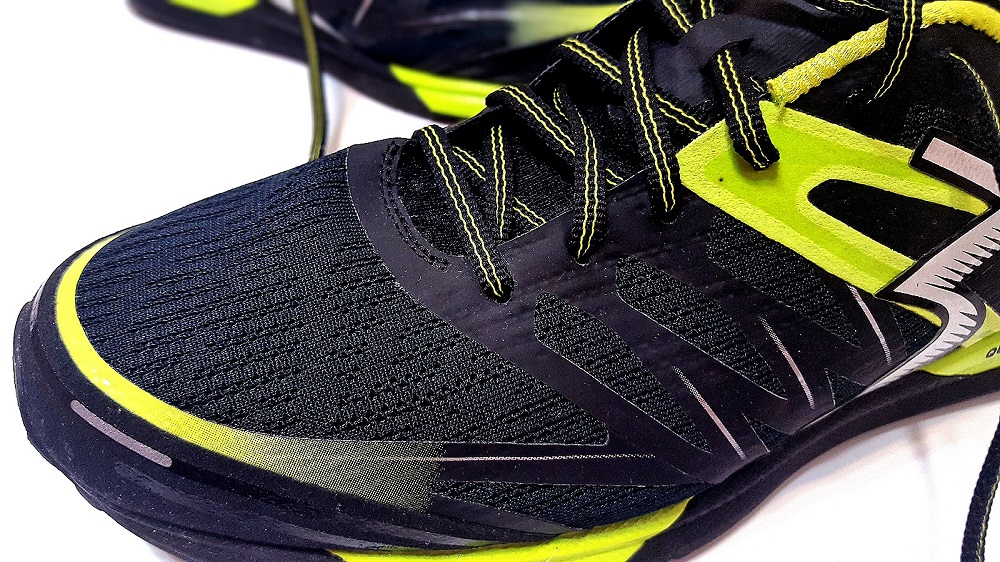
MATERIALS – The base layer of the BioSpeed is an open mesh that has almost no give to it. The upper is not stretchy at all but is still extremely comfortable and form-fitting. Welded fuse overlays cover the medial and lateral sides as well as the toebox for protection and support. That means that the upper is completely seamless (back to that comfort thing).
The tongue is super thin but the wide, flat laces take away any lace pressure that might have been felt (the tongue is also the open mesh). The lining in the ankle areas is way different; it is patterned, almost herringbone-like, and acts like the cat’s tongue we saw in the Rose 6 from adidas last year – it grabs your sock, or foot if you go bare, and keeps the heel from slipping in the shoe. That would make it sound like friction and irritation could work up, but over the two months these have been weartested, no problems.
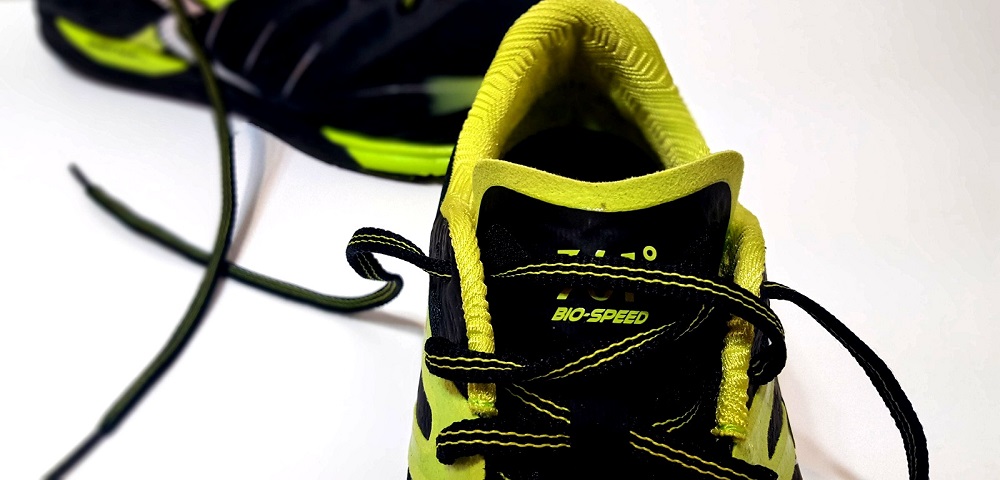
FIT – Spot on. Perfect. The way companies can make a shoe fit these days, with thinner materials and welded overlays, is amazing for us, the consumers. Fit leads to stability and comfort, and if the shoe slides around on your foot, or your foot isn’t secure inside, nothing else really matters — cushioning won’t feel right, and traction will hurt when the shoe stops and your foot doesn’t.
The last of the BioSpeed is narrow but not so much that wide-footers are out of luck; the heel and midfoot are just cut to fit right on the joints. The raised Achilles padded area locks the heel in, along with the fairly solid heel counter, keeping your foot up, not sideways. Length-wise, stay true — the toebox has a little dead space over the foot but nothing worth sizing down for.
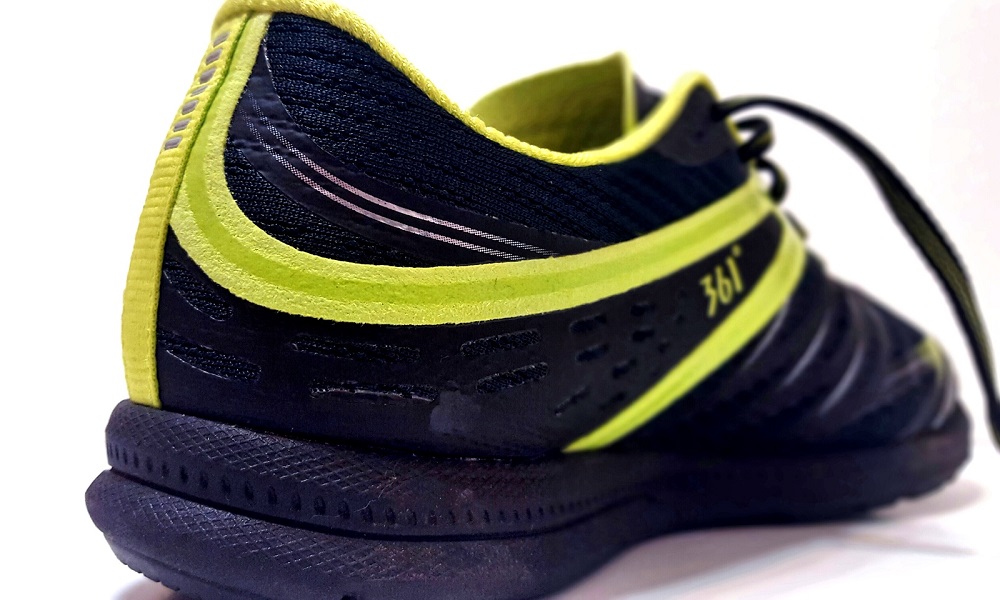
SUPPORT – It is a low, so let the ankle support arguments begin. Just know, the midsole under the heel is narrow and there are some raised outsole portions so a little tippiness is there (yeah, I just typed “tippiness” – not something expected when the sun came up). The forefoot is wide under the balls of the foot, again, leading you to forefoot strike, especially on jump activities. The welded overlays keep the upper form giving but still let the shoe breathe and flex. A really nice touch under the foot is the window to the midfoot shank – it looks like carbon fiber, feels like carbon fiber, and with the weight of the shoe, should be carbon fiber, but nothing anywhere tells us if it is. Regardless, the midfoot is braced and bridged – no deep arch breaks to make you scream in pain when you try to get out of bed the next morning. Overall, exactly the support needed for intense weights or cardio.
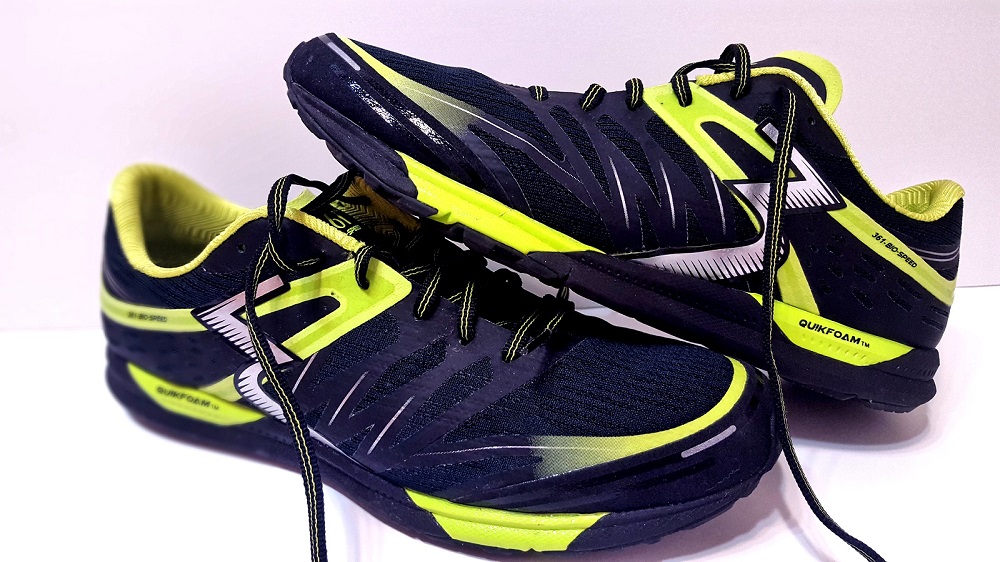
OVERALL – Although Crossfit is fairly new to us at WearTesters, lifting weights and busting @$$ never has been, and the BioSpeed hangs with anything thrown at it — squats, jumps, track, treadmill. Reebok owns Crossfit, in name and category, but don’t be scared by the fat cats. 361° and companies like it are quickly catching up in technology and performance, if not size.
Whether you are an extremely dedicated WOTD disciple or just enjoy some after work weight therapy and cardio, the BioSpeed will help you through your issues. Great cushioning, good traction, great fit, and it looks okay as well — all from a company getting its foot in the door.
Someone asked a WearTesters staffer why we review these smaller brands. Here is why: these brands are hungry, they are dedicated, and they want consumers to wear their product, not for the money, but because they firmly believe it will make us better. The 361° BioSpeed may not make you work out better, but it won’t be the shoe’s fault.
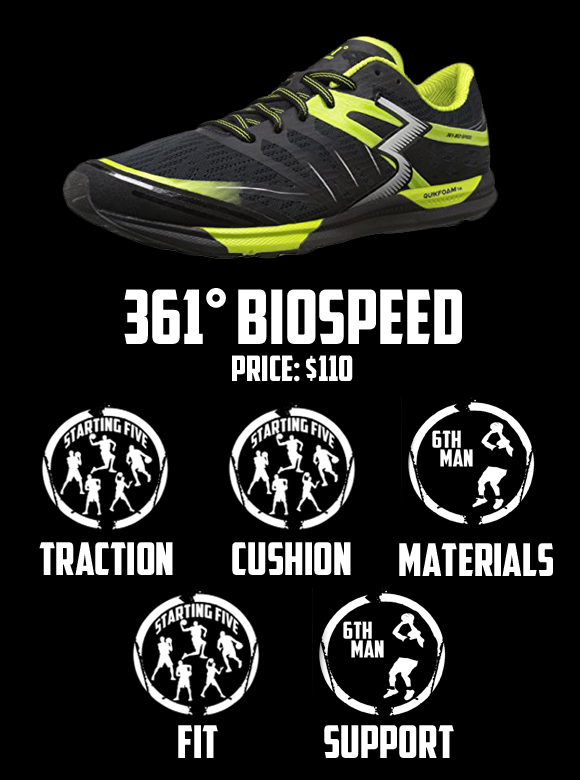

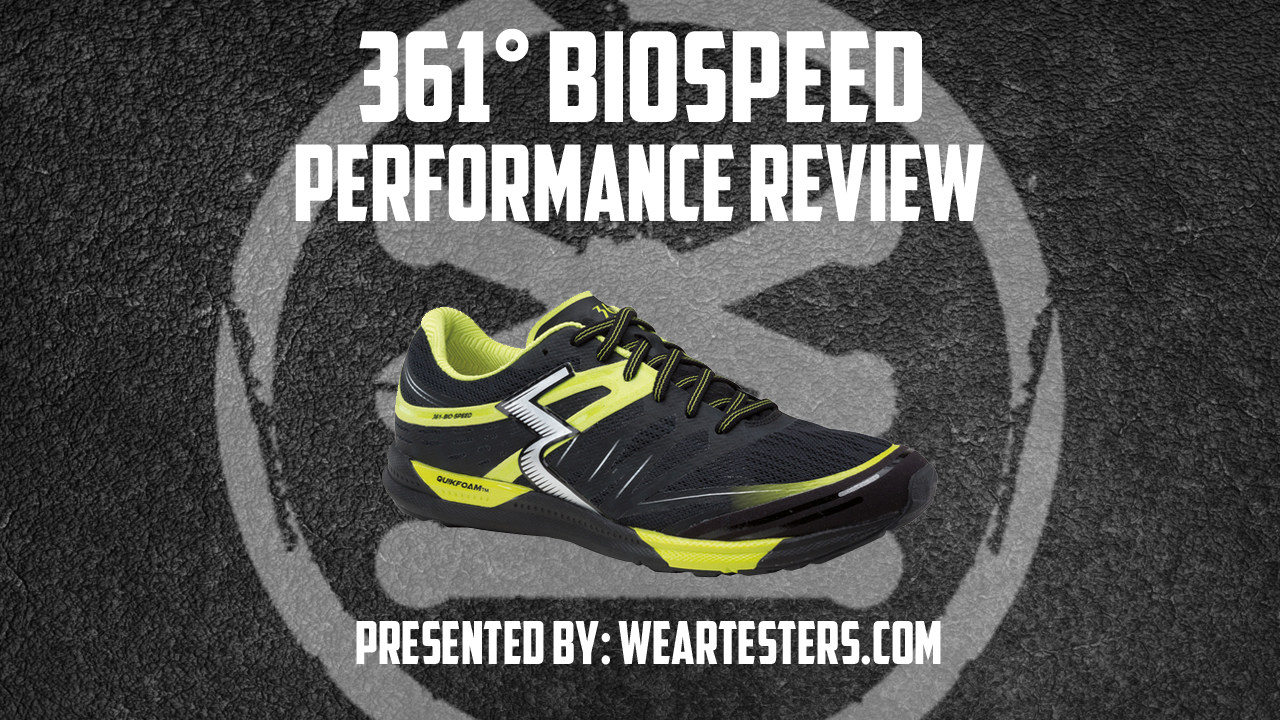
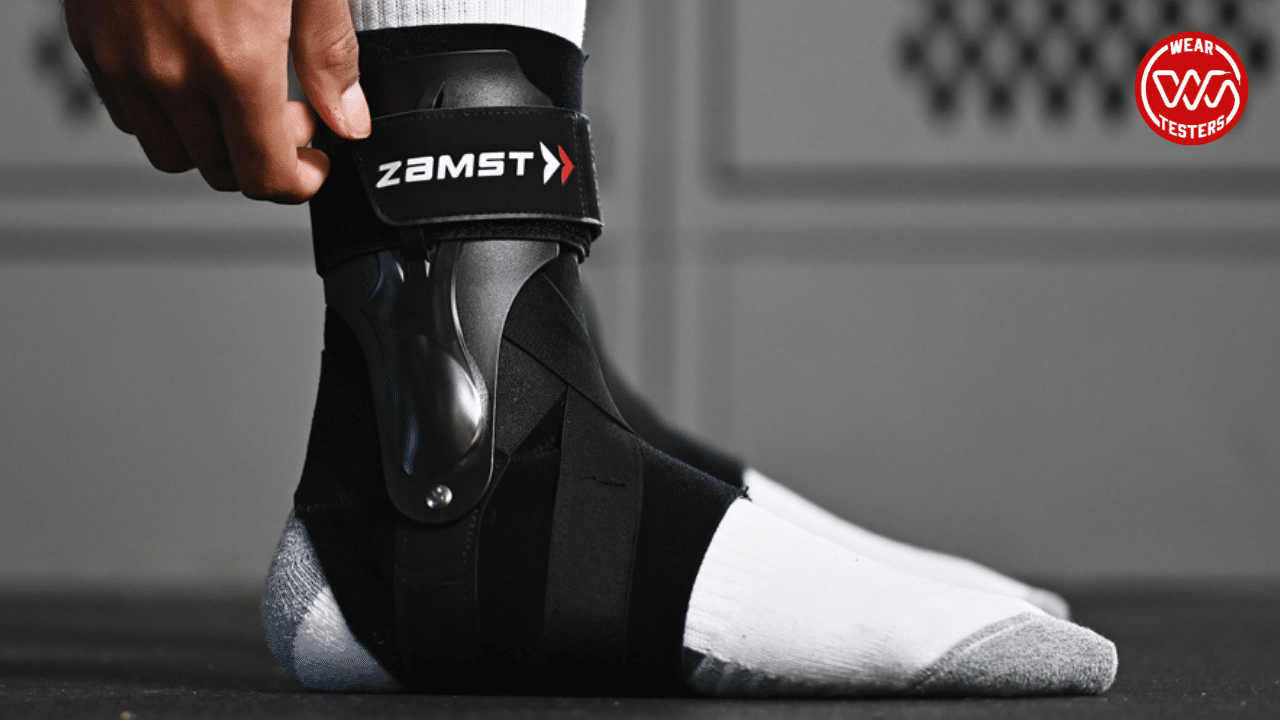
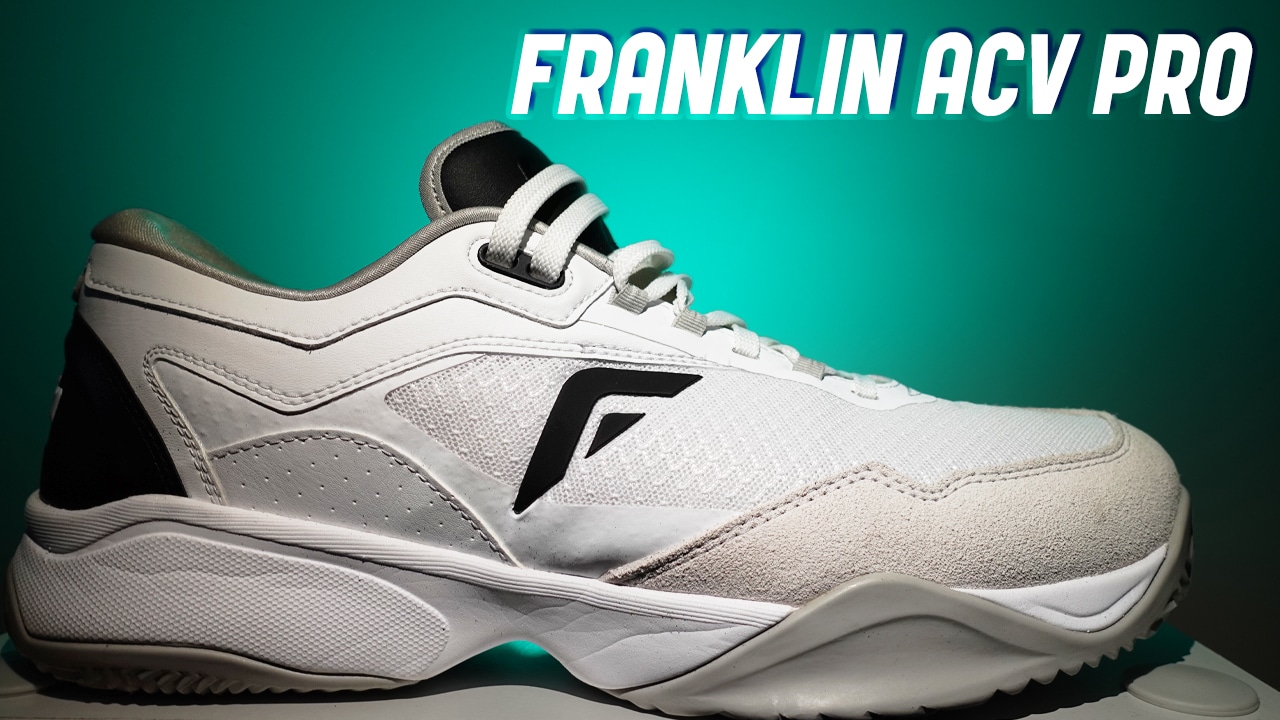
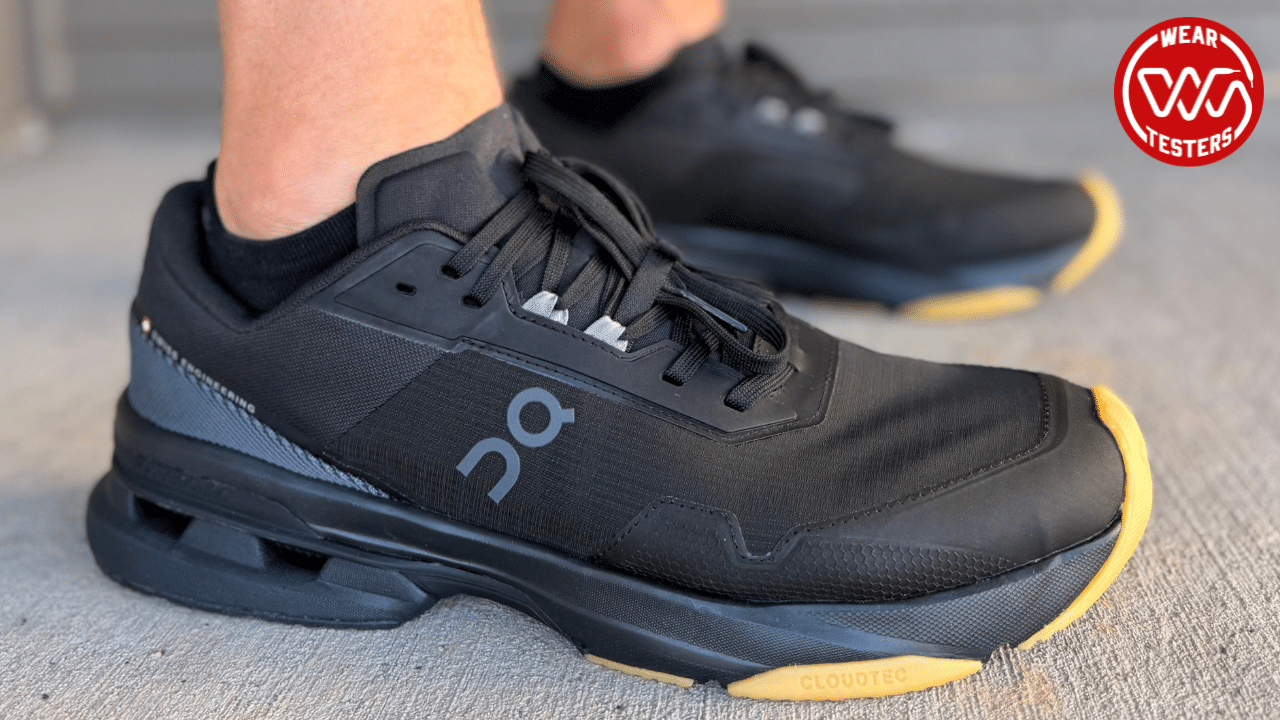
A good alternative to other bigger crossfit brands. Good performance review by Duke.
361 running/trainer shoes seems more attractive than their basketball shoes
The Mazer looks dang good IMO. For some reason it’s listed under trainers on the website.
Hello, in the “Cushioning” part, you inserted the wrong link for Strata. Good link is http://weartesters.com/361-strata-performance-review/ 🙂 .
Thanks for the catch. Just fixed it.